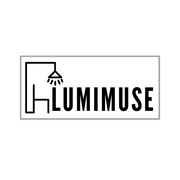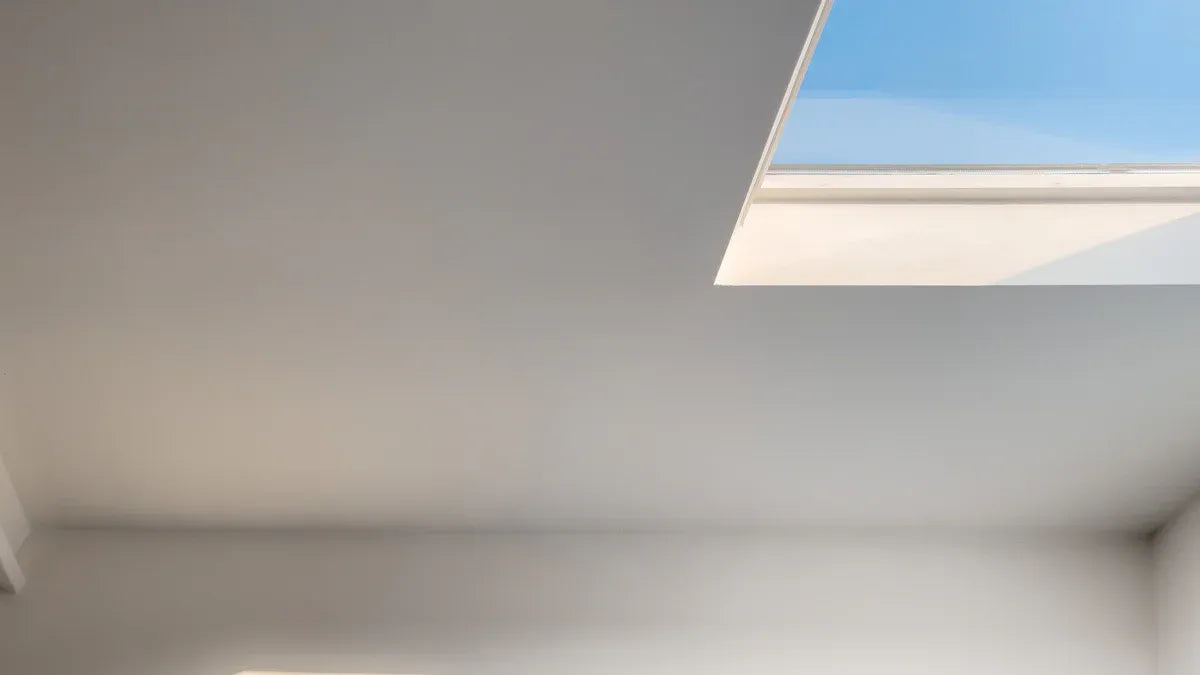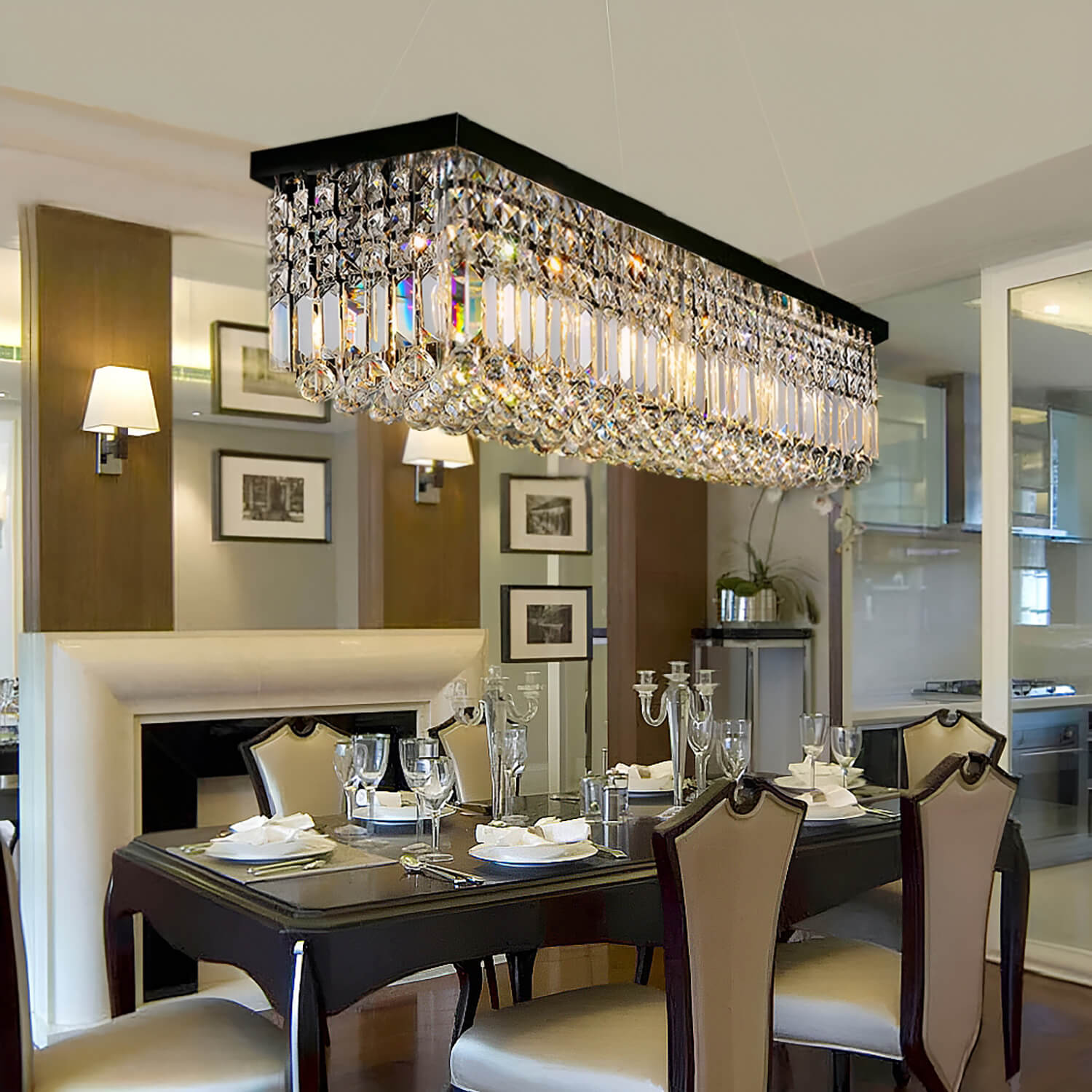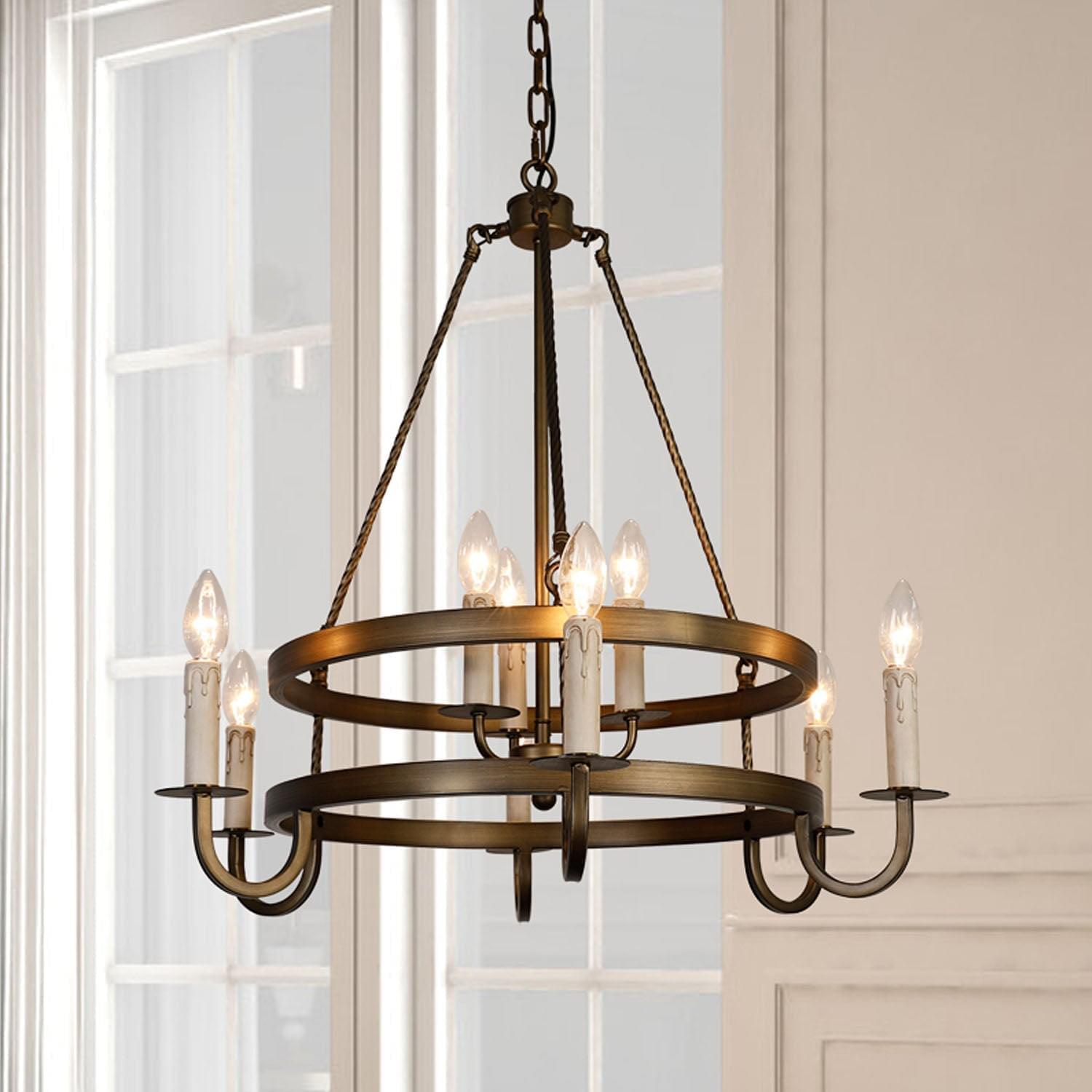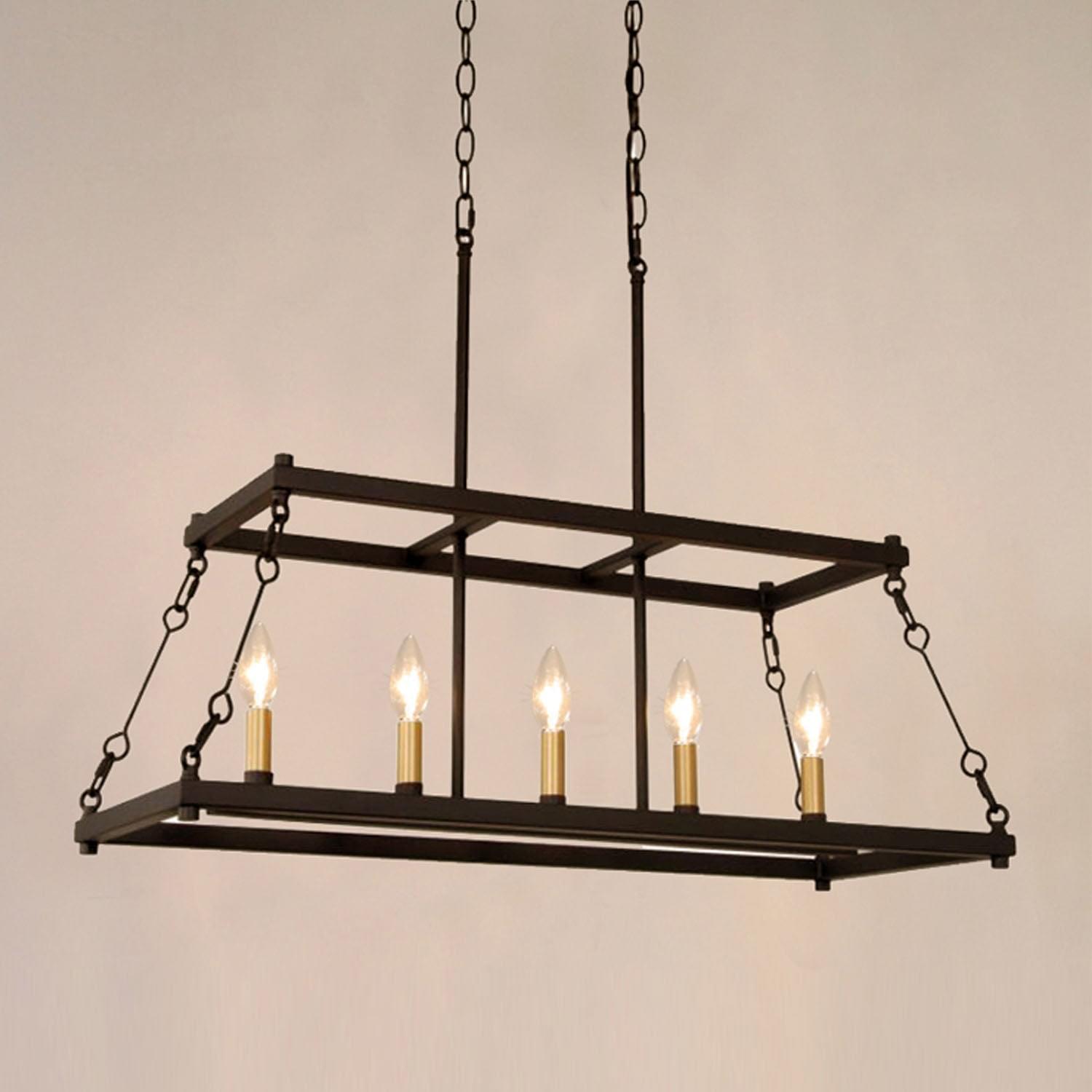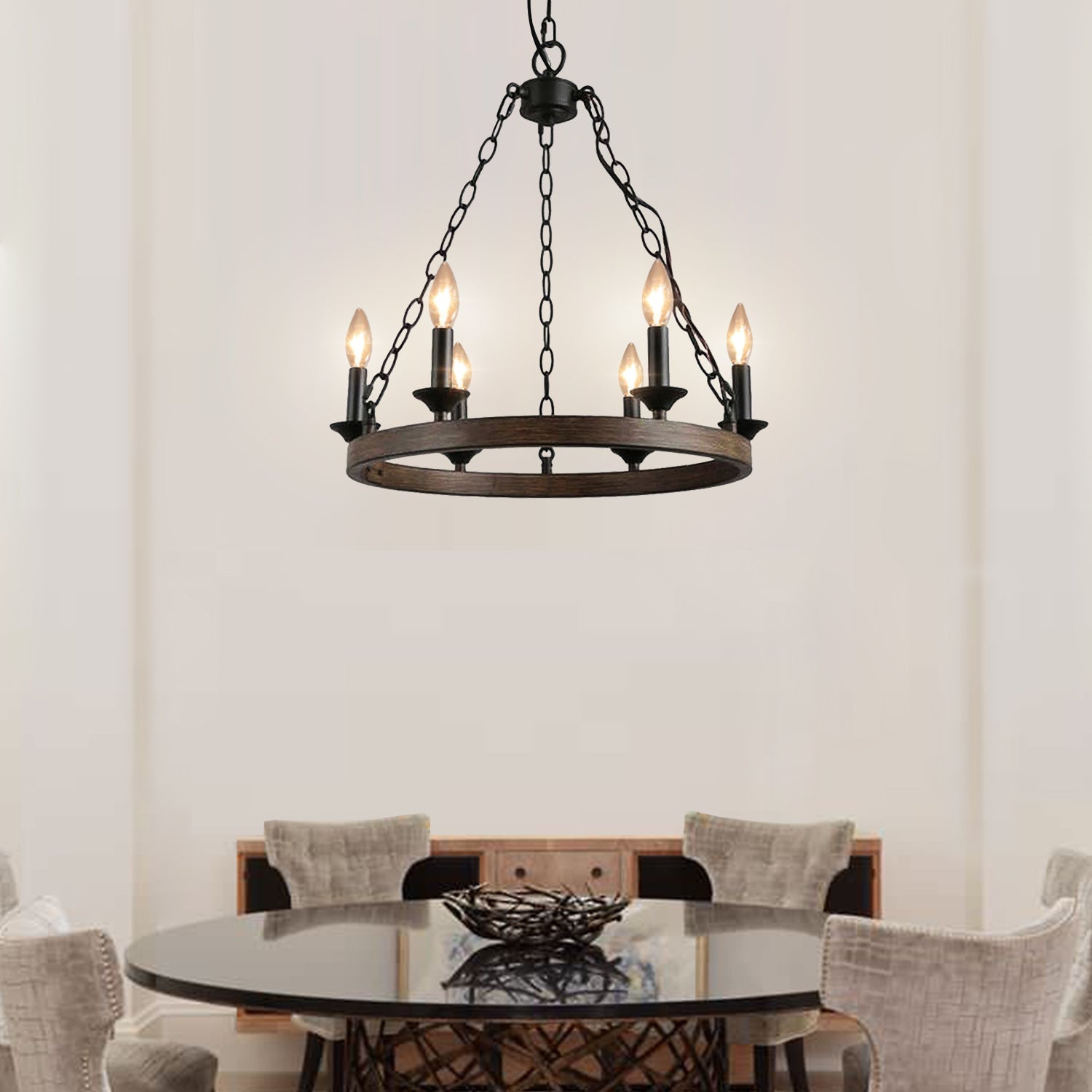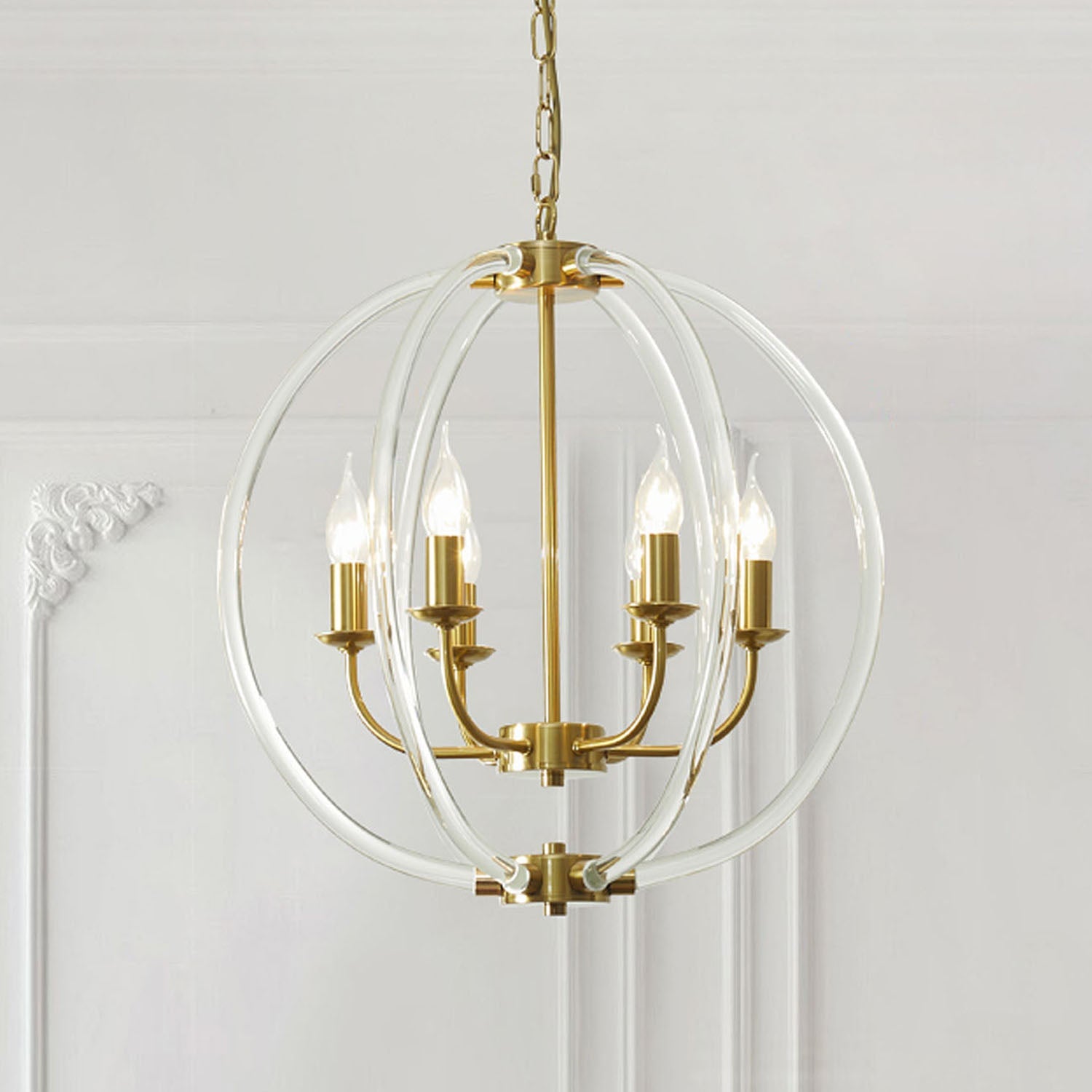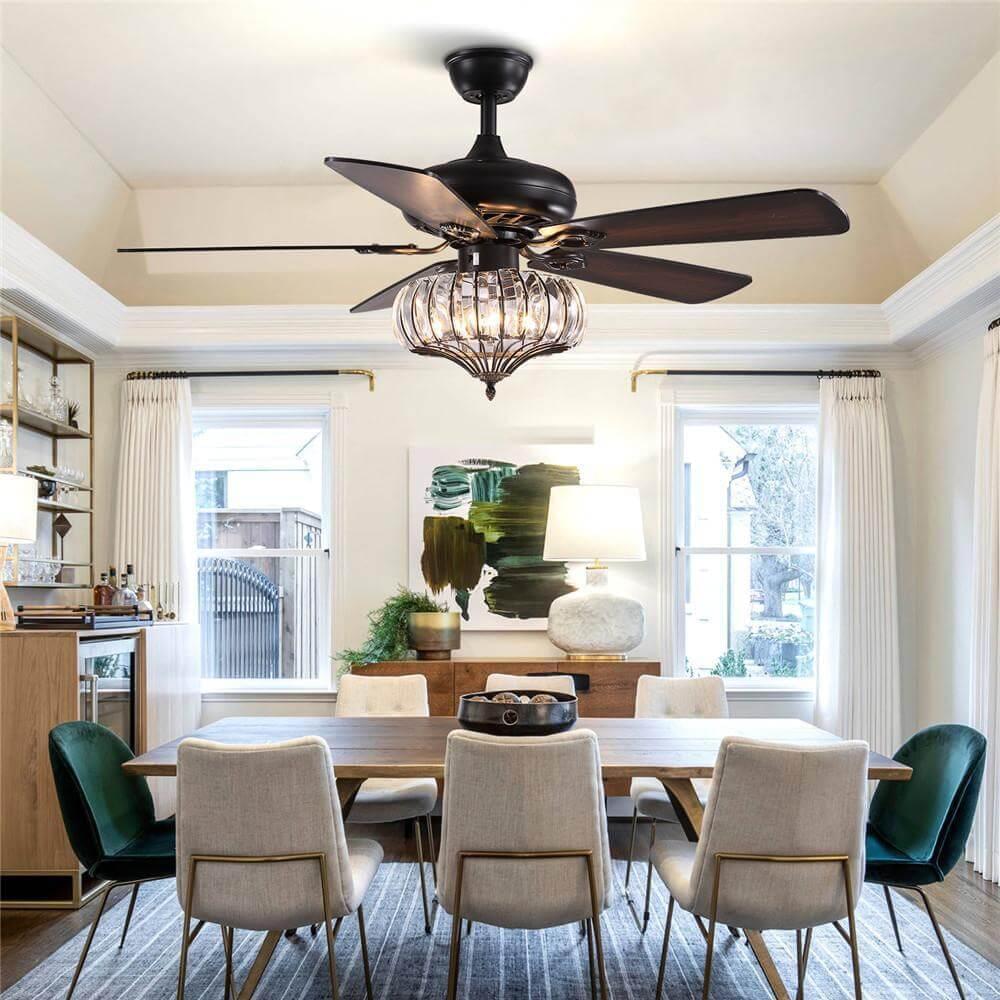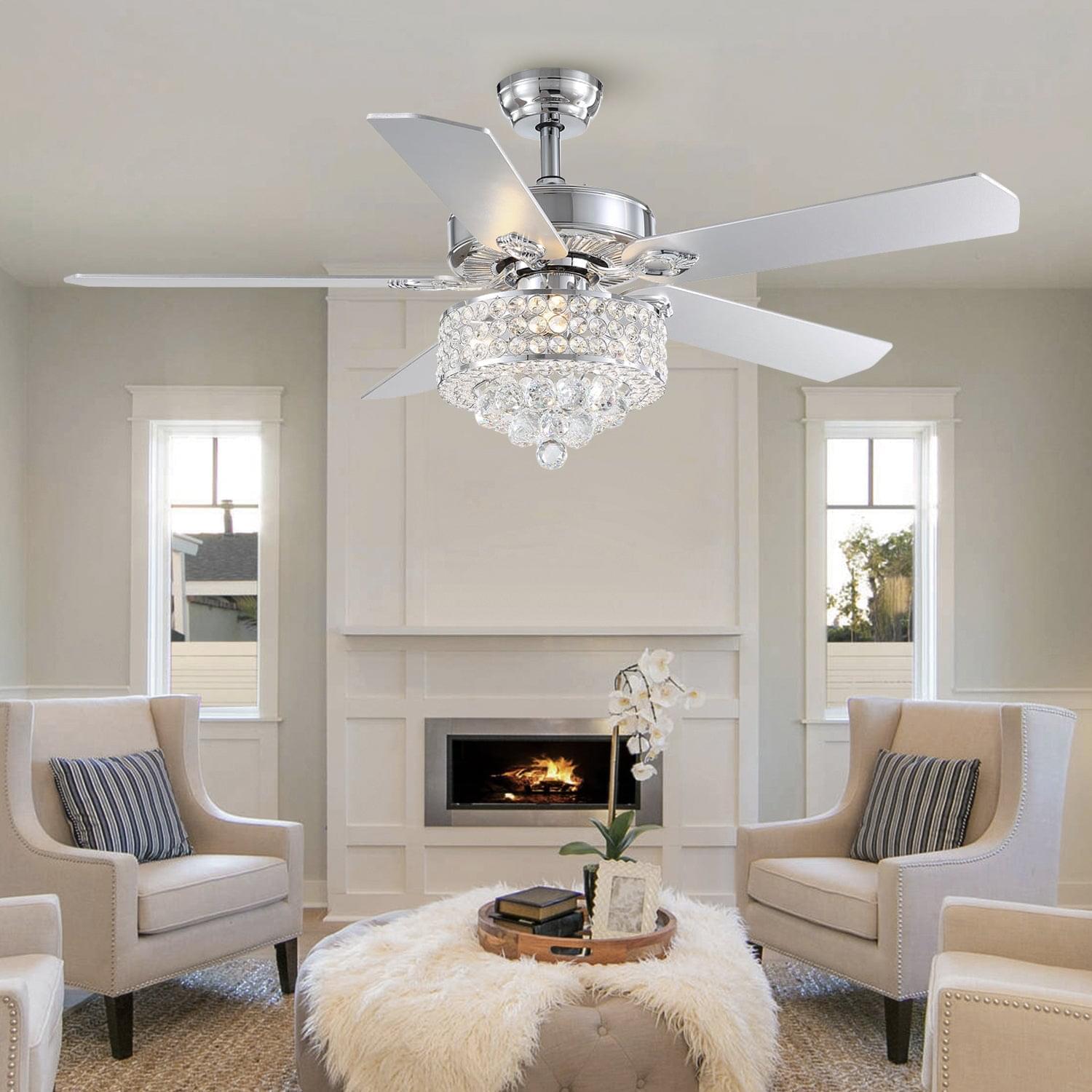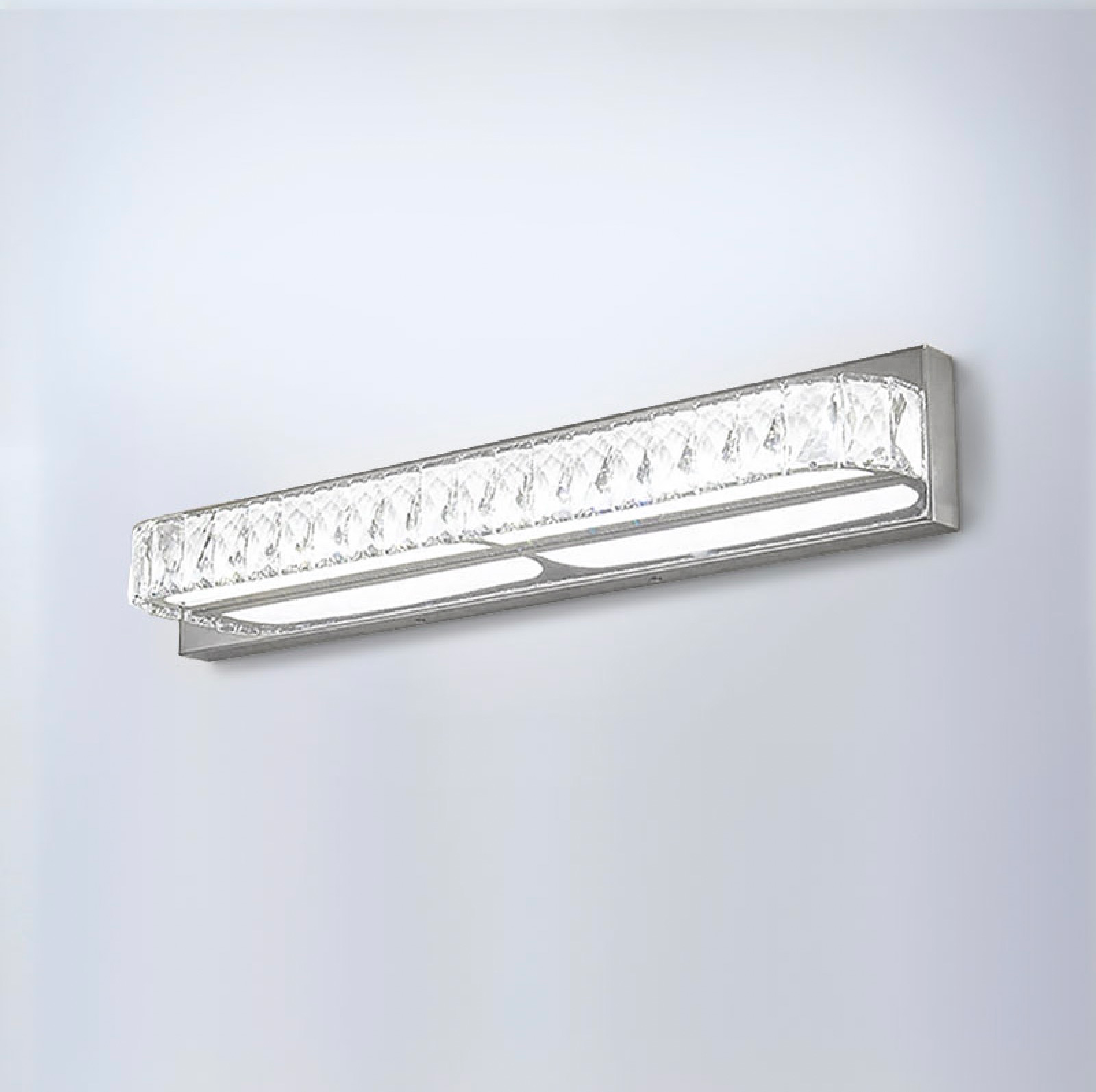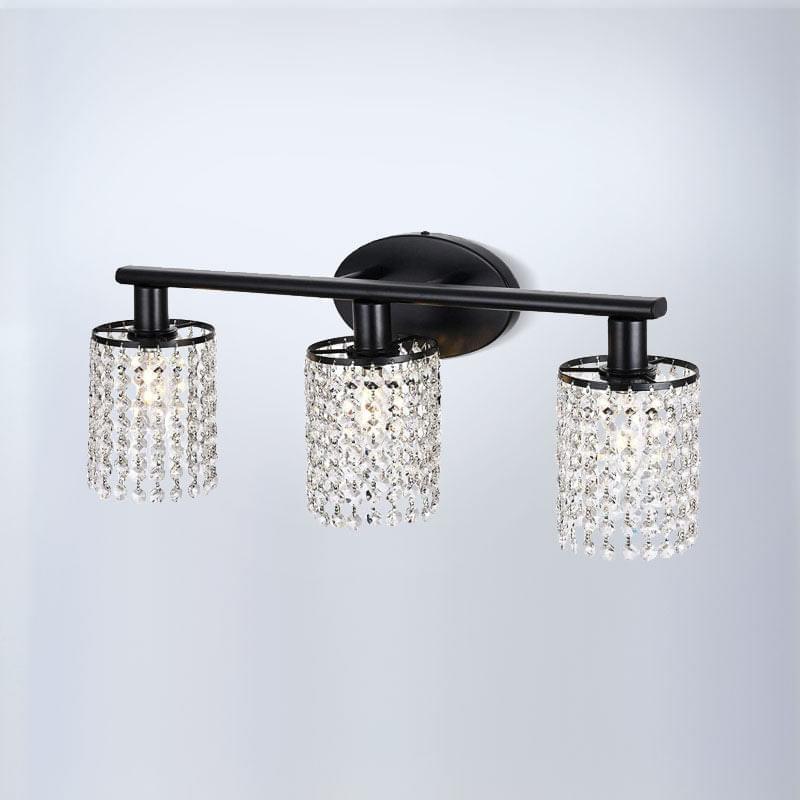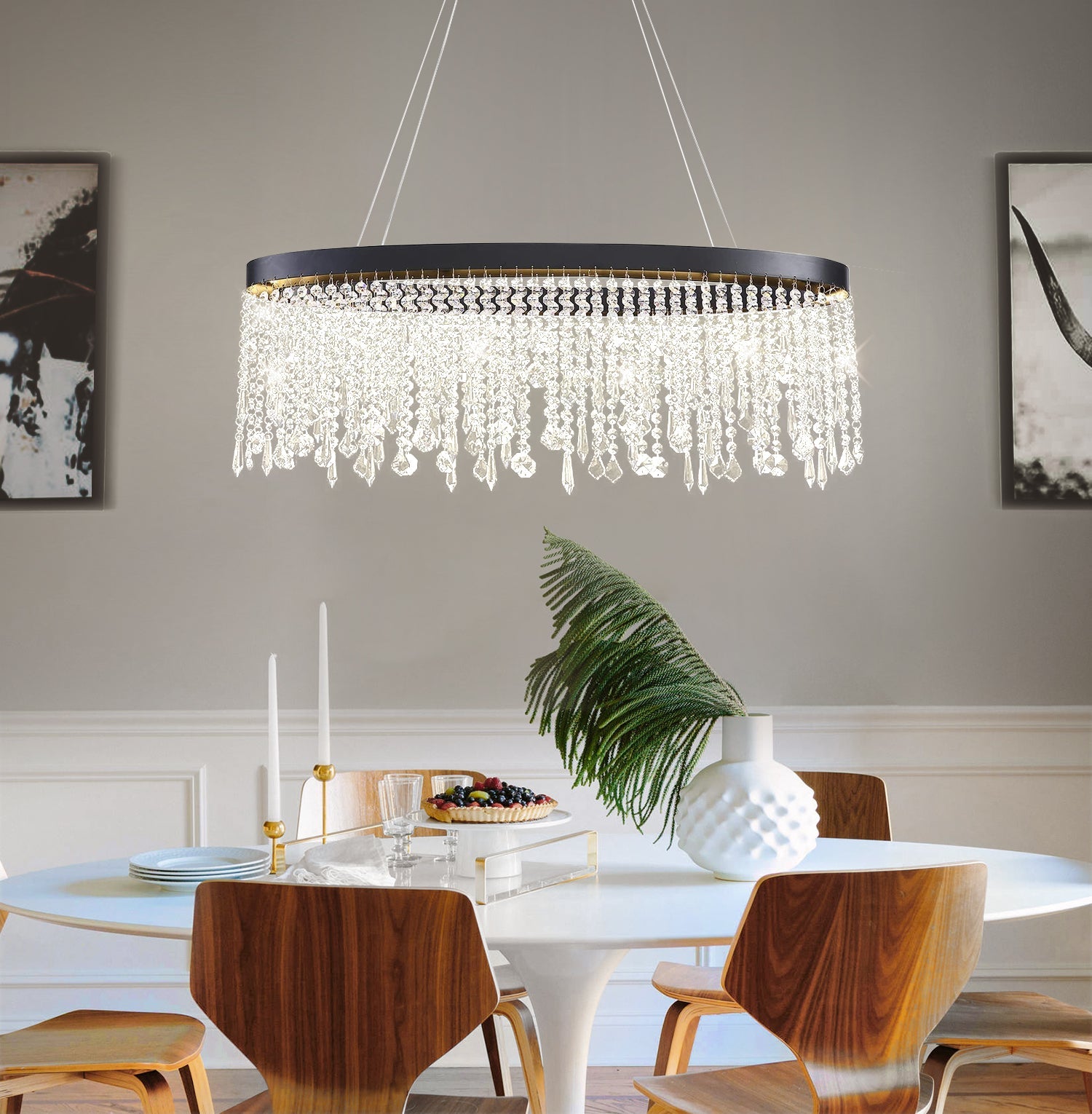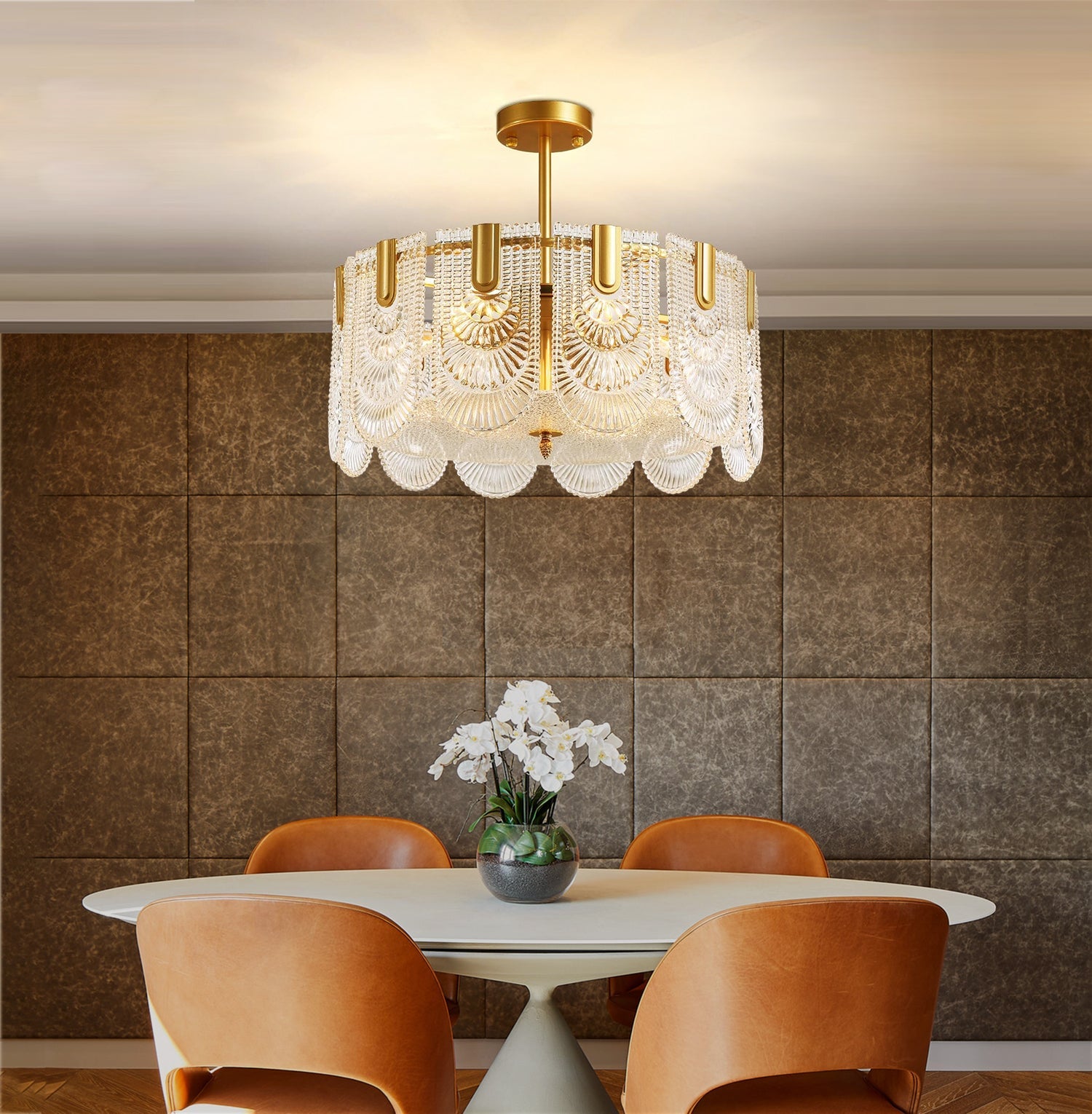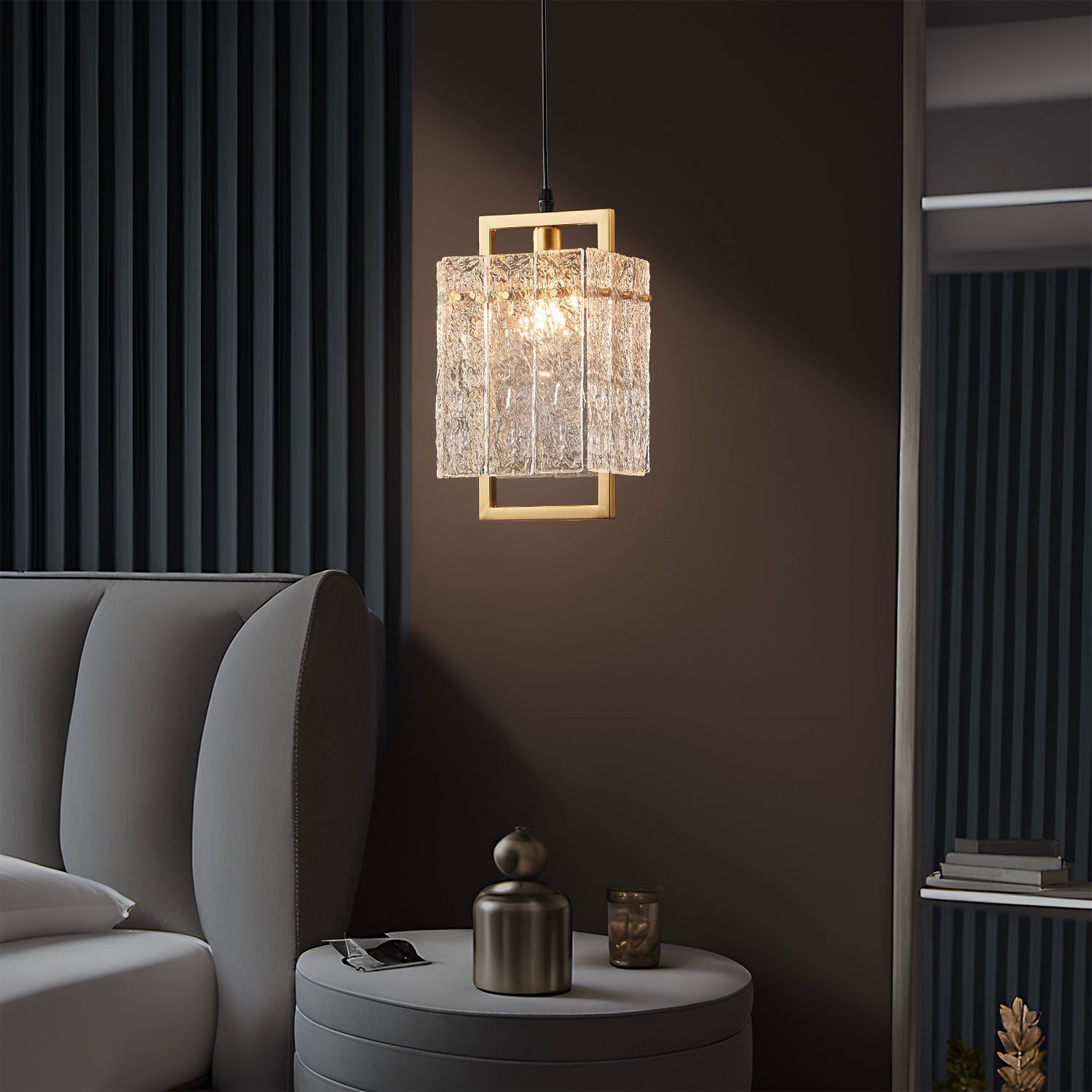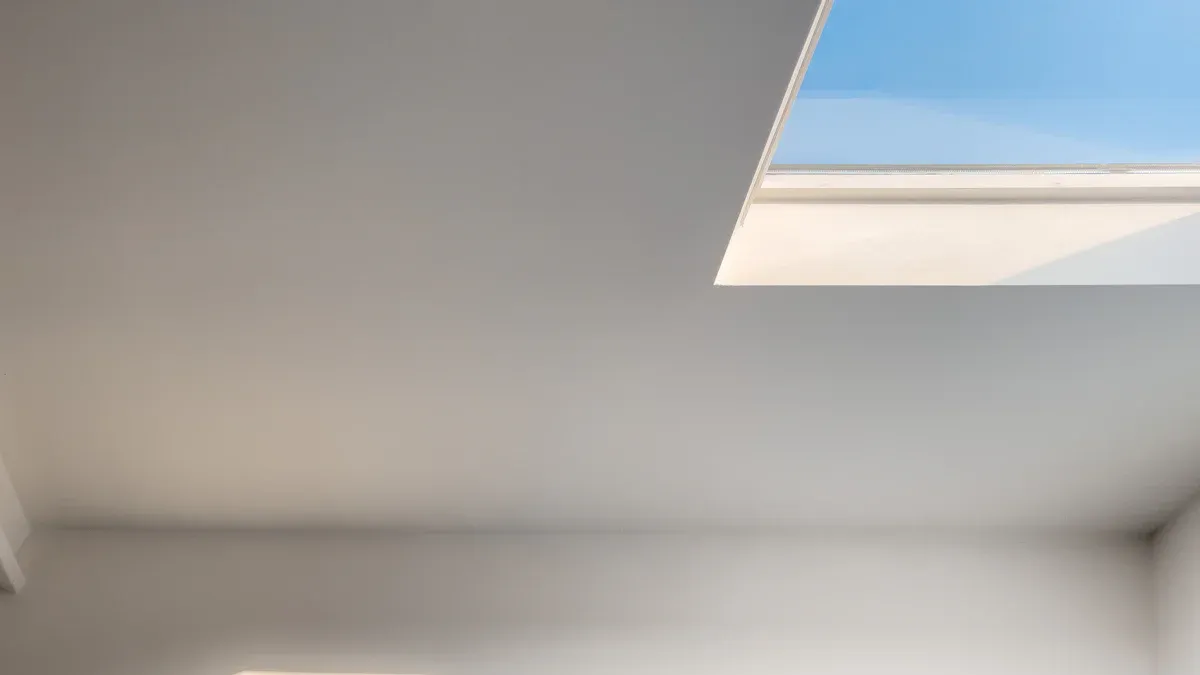
You may find yourself in a room without windows or enough sunlight. Virtual skylights help you experience natural daylight indoors by using advanced lighting and digital displays. These systems create the look of a real sky above you. As cities grow and 68% of people are expected to live in urban areas by 2050, more buildings need better daylight solutions. Virtual skylights offer a way to improve your comfort and well-being in these spaces.
Key Takeaways
Virtual skylights use advanced LED panels and digital displays to create realistic sky effects indoors without windows.
They offer adjustable light colors, brightness, and dynamic scenes like moving clouds to mimic natural daylight.
These skylights improve mood, reduce stress, support sleep cycles, and boost productivity by simulating natural light.
Installation is easy and flexible, fitting any room without roof changes or risk of leaks, unlike traditional skylights.
Virtual skylights save energy, cost less, and need little maintenance while lasting over 12 years with vivid, natural light.
Virtual Skylights Overview
What They Are
You may wonder what makes virtual skylights different from regular lights. Virtual skylights use advanced LED panels and digital displays to create the illusion of a real sky overhead. These systems can show bright blue skies, moving clouds, or even the soft colors of a sunset. You do not need a window or direct sunlight. Instead, you get a realistic sky effect right inside your room.
The market for virtual skylights is growing quickly. In the United States, the market reached $1.2 billion in 2024 and is expected to double by 2033. This growth comes from new technology, like OLED and LED displays, which make the images look more real and use less energy. More people now understand how natural light can help with mental health and productivity. As cities get bigger and more buildings have fewer windows, you will see virtual skylights in more homes, offices, and hospitals.
Note: Major companies such as Amico, Sky Factory, and CoeLux lead the way in making these products better and more available.
Key Features
Virtual skylights offer many features that help them mimic real sunlight and sky scenes. You can control the color, brightness, and even the time of day that the skylight shows. Some systems let you choose between a bright midday sky or a soft evening glow. Others can display moving clouds or change the light to match the natural cycle from dawn to dusk.
Here are some of the most important features you will find:
Simulate different sky colors, from sunrise to sunset.
Adjust light intensity, from bright daylight to dim moonlight.
Change color tones and brightness, no matter the weather outside.
Flexible shapes and sizes to fit any ceiling.
Install anywhere, even in rooms without windows.
Mimic the full spectrum of sunlight, including changing hues during the day.
Show dynamic scenes, like drifting clouds or shifting sunlight.
High Color Rendering Index (CRI) for true-to-life colors.
Smart controls, such as apps, panels, or Bluetooth.
Automatic modes that follow a 24-hour cycle.
Easy to combine multiple units for a larger sky effect.
You can see how these features compare in the table below:
Feature |
Description |
|---|---|
Light Simulation |
Mimics natural sunlight, including color and intensity changes |
Scene Customization |
Offers dynamic sky scenes and moving clouds |
Smart Controls |
Allows app, panel, Bluetooth, or manual control |
Flexible Installation |
Fits ceilings of different shapes and sizes |
High CRI |
Provides vivid, accurate color appearance |
Uses advanced LED/OLED for lower energy use |
|
Adjusts light to match natural day-night cycles |
|
Modular Design |
Lets you connect multiple panels for a seamless sky |
The latest advancements in virtual skylight technology focus on making these features even better. Companies invest in research and development to improve energy efficiency, add smart building integration, and expand uses in homes, hospitals, and schools. In North America, you will find strong support for automation and sustainable technology. In Europe, green innovation and circular economy models drive new designs. Asia-Pacific regions focus on smart factories and digital infrastructure.
Tip: Virtual skylights can help you sleep better, reduce stress, and even speed up recovery in healthcare settings.
How They Work
LED Technology
You might wonder how virtual skylights create such realistic daylight indoors. The answer starts with advanced LED technology. Manufacturers design each system to fit your space, making sure the placement and effect look natural. They use state-of-the-art LEDs that can change color and brightness to match different times of day or weather. These LEDs do not produce UV rays, so you get safe, full-spectrum light that feels like sunlight.
Engineers test and calibrate each panel to match the color temperature and brightness of real daylight. You can adjust the light from a warm sunrise to a bright midday or even a cool evening. Many panels offer a high color rendering index (CRI 90+), which means colors in your room look vivid and true to life. The panels use only about 60 to 200 watts, making them energy efficient. You can control the light with smart dimmers or apps, so you always have the right mood.
Tip: Some virtual skylights use nanotechnology and special optics to mimic the way sunlight scatters in the sky. This helps create a soft, natural glow that feels comfortable and inviting.
Parameter |
Typical Specification |
What It Means for You |
|---|---|---|
Color Temperature |
Matches sunrise, midday, or sunset |
|
Color Rendering Index |
90+ |
Shows true, vibrant colors |
Power Consumption |
60W - 200W |
Saves energy while lighting your space |
Panel Thickness |
Less than 6 cm |
Fits easily into most ceilings |
Beam Angle |
Mimics the focused light of the sun |
Optics and Diffusion
LEDs alone cannot create the illusion of a real sky. You need special optics and diffusion layers to spread the light evenly and make it look natural. Engineers use optical guides, diffusers, and gels to shape the light. These parts help blend the colors and soften the edges, so you do not see harsh lines or bright spots.
Some systems use Rayleigh scattering principles, which is the same effect that makes the sky blue. This technology helps virtual skylights create a realistic blue sky effect indoors. The light spreads smoothly across the panel, making the ceiling look like it opens up to the outdoors. You can enjoy a warm, inviting atmosphere that feels much larger and brighter.
-
Optical engineering uses:
Custom light guides for even light spread
Diffusers to soften and blend colors
Gels for color correction and realism
Note: The best systems use advanced modeling tools to design these optical layers. This ensures the light looks just right, no matter where you install the skylight.
Digital Imagery
The final step in creating a convincing sky comes from digital imagery. High-definition screens display real sky scenes, such as drifting clouds, sunsets, or even rain. These images come from professional cameras that capture ultra-high-resolution video. Some systems use 4K or even 5K footage, so every detail looks sharp and lifelike.
You can choose from many different scenes. Some panels let you watch the sky change in real time, with moving clouds or shifting sunlight. The video plays at a smooth frame rate, usually 30 frames per second, so the motion looks natural. Advanced software can crop and scale the image based on your position in the room, making the illusion even stronger.
Aspect |
Details |
|---|---|
Image Resolution |
|
Frame Rate |
30 fps for video scenes |
Display Size |
40" to 65" or larger |
Real-time Processing |
Adjusts image based on your location |
Additional Features |
Dynamic LED backlighting, high brightness, low power use |
You can customize the scene to fit your mood or the time of day. Some systems even let you create "impossible skies" with special effects, like a starry night or a rainbow. This flexibility makes virtual skylights a powerful tool for improving any indoor space.
Benefits
Health and Mood
You spend a lot of time indoors, so the quality of your lighting can shape how you feel. Virtual skylights help you feel more alert and positive by simulating natural daylight. A randomized controlled study with 100 participants found that artificial skylights made rooms feel more natural and attractive. People in these spaces reported better moods and a stronger sense of well-being.
Researchers have also studied how dynamic lighting and moving sky scenes affect people. These studies show that virtual skylights can reduce tiredness and boost alertness. Technical documentation from SUNROOOF explains that these systems support your body’s natural rhythms. They help regulate your sleep-wake cycle, increase serotonin, and lower stress. People with Seasonal Affective Disorder (SAD) or those who feel down in winter may notice fewer symptoms when using virtual skylights.
Good lighting can help you sleep better, feel happier, and stay focused throughout the day.
Energy Efficiency
Virtual skylights use advanced LED technology to save energy. You can enjoy bright, natural-looking light without high power bills. In one experiment, an automatic dimming system cut energy use by about 75% compared to regular lights. The system used only 152.1 watts, while normal lamps used 624.62 watts during the same hours. This means you can light up your space and still protect the environment.
Lighting Type |
Power Used (Watts) |
Energy Saved (%) |
|---|---|---|
Conventional Lamps |
624.62 |
0 |
Virtual Skylights |
152.1 |
75.65 |
Flexibility
You can install virtual skylights almost anywhere. They fit in offices, hospitals, schools, and even homes without windows. The Icône Offices project in Luxemburg used 700 modular skylights to create a bright atrium across five floors. The modular design made installation quick and easy, even with complex building needs. You can choose different sizes, shapes, and scenes to match your space.
Virtual skylights give you the freedom to bring daylight to any room, no matter its size or shape.
Virtual Skylights vs. Traditional
Visual Differences
You can spot clear differences between traditional skylights and virtual skylights when you look up. Traditional skylights often show a flat, two-dimensional image. You see light, but it does not create a sense of depth. Virtual skylights, like Innerscene’s Virtual Sun, use advanced technology to create a 3D effect. You notice motion parallax, stereopsis, and accommodation cues, which make the sky look real and deep. The light from virtual skylights changes throughout the day, just like the real sky. You get both diffuse skylight and focused sunbeams, which makes the room feel more natural.
Feature |
Traditional LED Panel Skylight |
Virtual Skylight (Innerscene's Virtual Sun) |
|---|---|---|
Depth perception cues |
Absent: no motion parallax, stereopsis, or accommodation cues |
Present: supports motion parallax, stereopsis, and accommodation cues, creating a 3D perception |
Visual appearance |
Flat 2D image, looks like a backlit silk-screen print |
3D dimensional appearance with infinite depth |
Illumination quality |
Unnatural room illumination, static correlated color temperature (CCT) |
Natural illumination with dynamic CCT changes mimicking real sky conditions |
Light emission |
Only diffuse light (180°) |
Diffuse skylight plus directional sunbeams (2.5° beam) |
Color rendering index (CRI) |
Typically below 90, leading to poor true color perception |
CRI greater than 90, allowing accurate color rendering |
Brightness control |
Limited or sometimes available |
Adjustable brightness and dimming capabilities |
A simulation study shows that virtual skylights provide better uniformity and a larger lit area on work surfaces than conventional skylights, especially under cloudy conditions. You also get light quality that matches real windows, with low glare and even brightness.
Installation
You will find that installing traditional skylights requires cutting into the roof, carpentry, and weatherproofing. This process can disrupt your space and takes time. Virtual skylights offer a much simpler solution. You can install them quickly and cleanly, often before the ceiling is finished. There is no need to change the building’s structure. You can use virtual skylights in windowless rooms, basements, or any area where a real skylight is not possible. You avoid risks like water leaks, condensation, or damage to drywall.
Tip: Virtual skylights fit into almost any ceiling and do not need special roofing work. You can enjoy daylight effects in places where real skylights cannot go.
Cost and Maintenance
You save money with virtual skylights in several ways. Traditional skylights cost about three times more than virtual skylights. You also avoid extra costs for roof cutting, weatherproofing, and repairs. Maintenance for traditional skylights can be high because of water leaks, mildew, or glass damage. Virtual skylights need very little care. They use LED panels that last over 50,000 hours, which means more than 12 years of use. You also use less energy—each panel uses only 15–30 watts, about the same as two regular LED bulbs.
Aspect |
Traditional Skylights |
Virtual Skylights |
|---|---|---|
Cost |
Higher; about 3x more |
About one-third the cost |
Installation Complexity |
Structural modifications, roofing work |
Quick, clean, no structural changes |
Maintenance Issues |
Water leaks, condensation, mildew |
Minimal; no water issues |
Energy Consumption |
Not specified |
15–30 watts per panel |
Lifespan |
Durable glass |
50,000–80,000 hours (12–15 years) |
Additional Costs |
Roof cutting, repairs |
None |
You get a long-lasting, low-maintenance solution with virtual skylights. You also avoid the risk of leaks and enjoy energy savings over time.
Installation and Applications
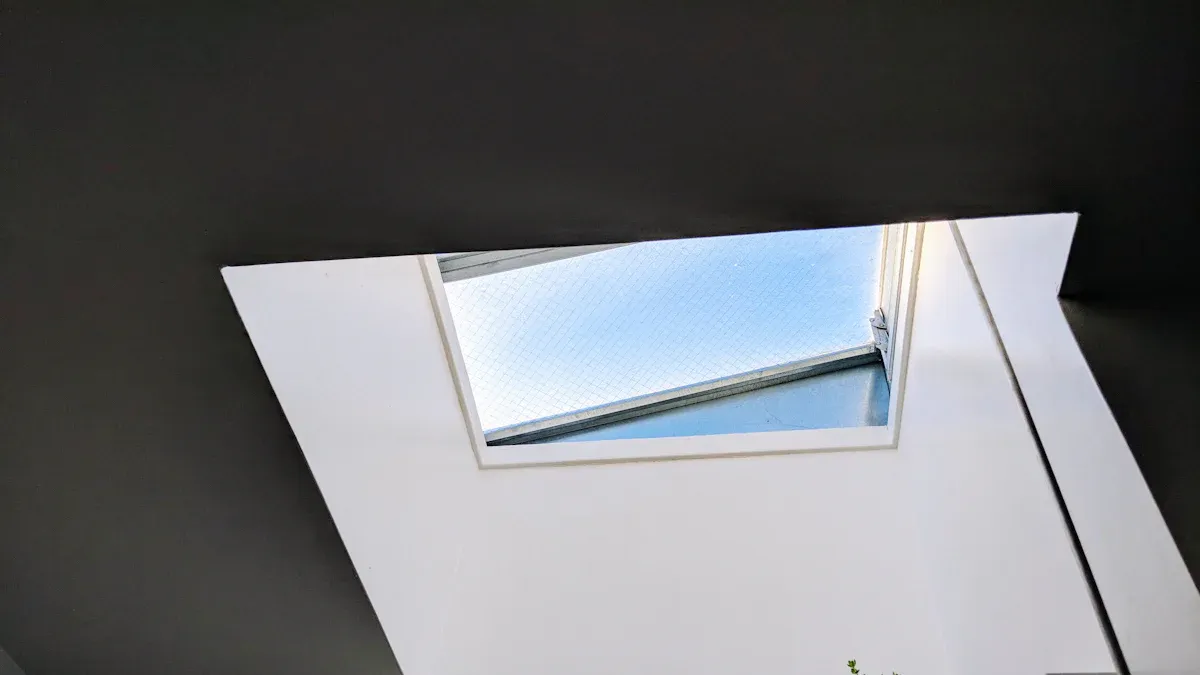
Types and Sizes
You can choose from many types and sizes of artificial skylights to fit your needs. Some companies, like VELUX, offer fixed, solar-powered, and fresh air skylights. These options come in different shapes and can be customized for your space. Sunroof models use energy-efficient LEDs and allow you to adjust brightness and color. Supreme Skylights provide both standard and custom sizes, with strong materials and motorized features. Fakro skylights focus on saving energy and easy installation, which is great for eco-friendly homes.
Here is a table showing some common types and their features:
Type |
Key Features |
Best For |
|---|---|---|
Fixed Skylight |
No opening, simple design |
Living rooms, hallways |
Solar-Powered Skylight |
Uses solar energy, remote control |
Bedrooms, green homes |
Fresh Air Skylight |
Opens for ventilation |
Kitchens, bathrooms |
Sun Tunnel Skylight |
Compact, flexible installation |
Closets, small spaces |
Testing data shows that these skylights meet strict standards for energy efficiency and durability. You can find models with certifications like AAMA/WDMA/CSA, which means they have passed tough tests for performance.
Where to Use
You can install these skylights in many places. Offices, hospitals, schools, and homes all benefit from better lighting. Studies show that artificial skylights in offices improve comfort, mood, and productivity. You get a sense of depth and a visual link to the outdoors, even in windowless rooms. Living lab experiments found that people feel more comfortable and alert under these lights, especially when natural daylight is missing.
You do not need roof access or big changes to your building. You can mount these units on ceilings, walls, or even in corners. This flexibility lets you use them in basements, gyms, retail stores, lounges, and hospital rooms. The lights adjust to match the time of day, helping your body’s natural rhythms.
Works in windowless rooms and basements
Can be installed on ceilings, walls, or corners
No heat gain or risk of leaks
Tip: Use these skylights in spaces where you want to boost mood, focus, or create a welcoming atmosphere.
Customization
You have many ways to customize your skylight. You can pick the size, shape, and color temperature that fits your room. Some systems let you change the sky scene, from a bright blue sky to a sunset or even a starry night. You can set the light to follow a 24-hour cycle, matching the natural day and night pattern. Many models offer smart controls, so you can adjust settings with your phone or a wall panel.
You can also choose features like motorized shades, dimming options, and special coatings for energy savings. This level of control helps you create the perfect environment for work, rest, or play.
You have learned how these systems bring the feeling of daylight indoors and support your well-being. They help reduce stress, eye strain, and headaches while improving mood and sleep. You can see the main benefits in the table below:
Benefit Category |
Description |
|---|---|
Stress & Anxiety Reduction |
Simulates natural light to lower stress and anxiety |
Eye Strain Decrease |
Even light diffusion for less eye strain |
Headache & Migraine Avoidance |
Reduces glare and harsh lighting triggers |
Mood Enhancement |
Brings natural light effects indoors to boost mood |
Better Rest & REM Sleep |
Supports your sleep cycle by mimicking daylight |
Energy Efficiency & Longevity |
Saves energy and lasts longer than regular lights |
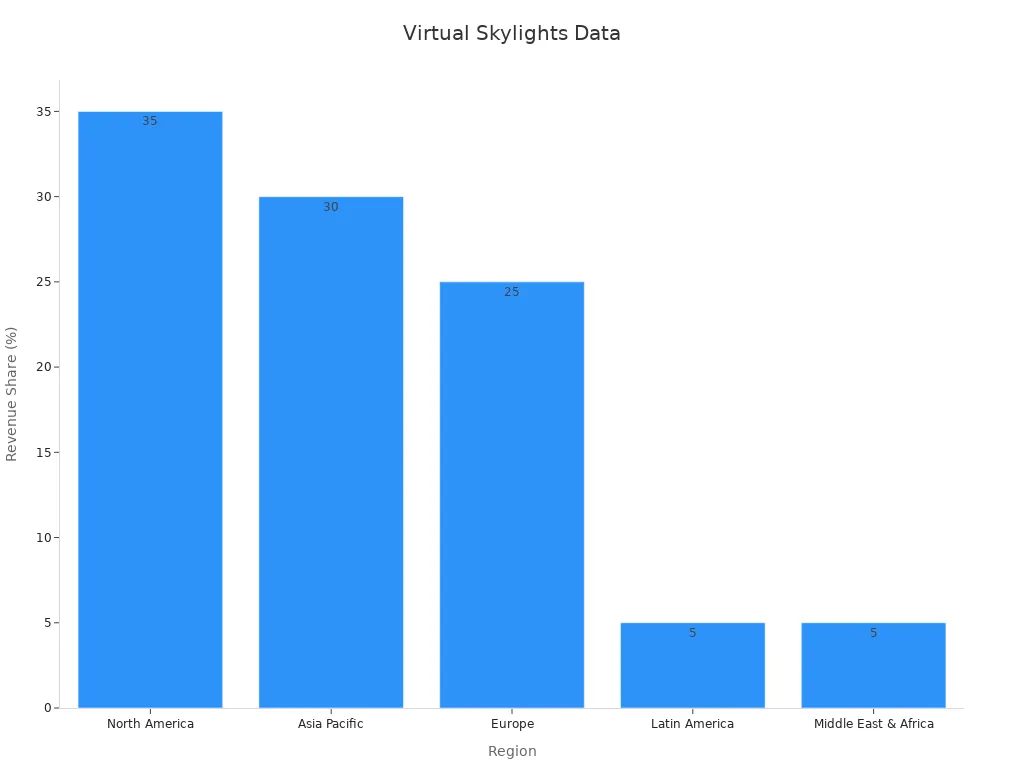
You can talk to a lighting expert or explore different models to find the best fit for your space. Think about your needs and decide if this solution will improve your daily life.
FAQ
What is the lifespan of a virtual skylight?
You can expect most virtual skylights to last 12 to 15 years. The LED panels often work for over 50,000 hours. You will not need to replace them often.
Can you install a virtual skylight in any room?
Yes, you can install a virtual skylight in almost any room. You do not need a window or roof access. Many people use them in basements, offices, and hospitals.
Do virtual skylights require a lot of maintenance?
You will find virtual skylights easy to maintain. You only need to dust the panels and check the controls sometimes. There are no leaks or water damage to worry about.
Can you control the light and sky scenes?
You can control the brightness, color, and sky scenes with a remote, app, or wall panel. Some systems let you set automatic changes for different times of day.
